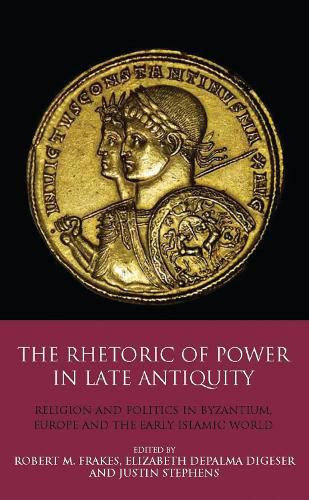Readings Newsletter
Become a Readings Member to make your shopping experience even easier.
Sign in or sign up for free!
You’re not far away from qualifying for FREE standard shipping within Australia
You’ve qualified for FREE standard shipping within Australia
The cart is loading…






Late Antiquity, the period of transition from the crisis of Roman Empire in the third century to the Middle Ages, has traditionally been considered only in terms of the ‘decline’ from classical standards. Recent classical scholarship strives to consider this period on its own terms. Taking the reign of Constantine the Great as its starting point, this book examines the unique intersection of rhetoric, religion and politics in Late Antiquity. Expert scholars come together to examine ancient rhetorical texts to explore the ways in which late antique authors drew upon classical traditions, presenting Roman and post-Roman religious and political institutions in order to establish a desired image of a ‘new era’. This book provides new insights into how the post-Roman Germanic West, Byzantine East and Muslim South appropriated and transformed the political, intellectual and cultural legacy inherited from the late Roman Empire and its borderlands.
$9.00 standard shipping within Australia
FREE standard shipping within Australia for orders over $100.00
Express & International shipping calculated at checkout
Late Antiquity, the period of transition from the crisis of Roman Empire in the third century to the Middle Ages, has traditionally been considered only in terms of the ‘decline’ from classical standards. Recent classical scholarship strives to consider this period on its own terms. Taking the reign of Constantine the Great as its starting point, this book examines the unique intersection of rhetoric, religion and politics in Late Antiquity. Expert scholars come together to examine ancient rhetorical texts to explore the ways in which late antique authors drew upon classical traditions, presenting Roman and post-Roman religious and political institutions in order to establish a desired image of a ‘new era’. This book provides new insights into how the post-Roman Germanic West, Byzantine East and Muslim South appropriated and transformed the political, intellectual and cultural legacy inherited from the late Roman Empire and its borderlands.